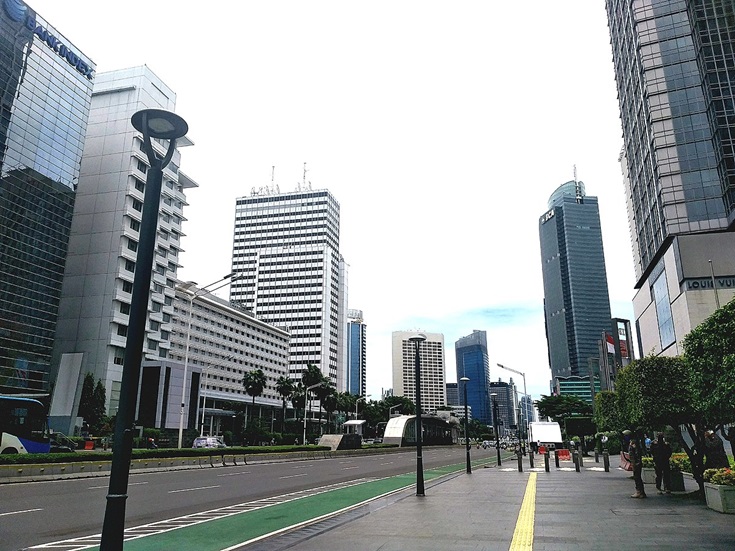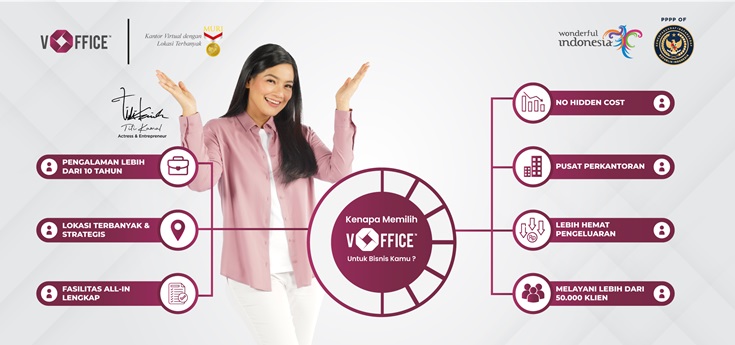Indirect tax is a type of tax imposed on the end consumer through a third party, such as producers or traders. This tax is not paid directly by the taxpayer to the government but is “passed on” through the sale of goods or services. Examples include VAT (Value Added Tax) and import duties. This system simplifies tax collection for the government but is often not noticed by the public who ultimately pays it.
Types of Indirect Taxes
1. Value Added Tax (VAT)
Imposed on almost all goods and services in Indonesia, except for certain exemptions (such as healthcare and education services). The standard VAT rate in Indonesia is currently 11%.
2. Luxury Goods Sales Tax (LGST)
Applied to high-value items such as luxury cars, yachts, and jewelry. The goal is to promote tax fairness and curb the consumption of luxury goods.
3. Import and Export Duties
Import duties are levied on imported goods, while export duties apply to the export of specific goods such as mining and forestry products. Rates vary depending on the product type.
4. Excise
Excise is a special tax on goods considered harmful to society, such as cigarettes, alcoholic beverages, and plastic. Its primary aim is to control consumption.
Impact of Indirect Taxes on Society
1. Unseen but Felt
Although not directly imposed, the public still feels the burden through increased prices of goods and services.
2. Government Administrative Efficiency
The government can collect taxes more efficiently through businesses acting as intermediaries.
3. Regressive Tax Burden
Since indirect taxes do not consider income levels, the relative burden is heavier for lower-income groups.
4. Influence on Consumption
This type of tax can be used as a tool to regulate public consumption patterns, such as through excise taxes.
Challenges in Implementing Indirect Taxes
Lack of public awareness. Many consumers are unaware that they are paying taxes.
Complexity of VAT crediting. Business owners must understand the tax invoice mechanism to claim VAT credits.
Potential tax leakage. In long distribution chains, tax evasion can occur if not closely monitored.
If you need assistance with tax management in Indonesia, you can rely on tax consultancy services from vOffice. Our team can assist you with various tax-related matters, including:
- Accounting services, financial report preparation, and tax reporting
- Payroll Management and Processing Services
- PKP Registration Services in Jakarta and Surrounding Areas
Get a FREE consultation now and enjoy special offers!
FAQ: Frequently Asked Questions
What is an indirect tax?
It is a tax paid by consumers through intermediaries, such as sellers or producers, at the time of transaction.
What is the difference between direct and indirect tax?
Direct taxes are paid directly by the taxpayer to the government (e.g., income tax), while indirect taxes are passed through third parties.
Is VAT an indirect tax?
Yes, VAT is one of the most common types of indirect taxes in Indonesia.
Who collects indirect taxes?
They are typically collected by businesses and remitted to the government.
How is VAT calculated?
VAT = VAT Rate × Selling Price of Goods/Services. The current standard rate is 11%.










